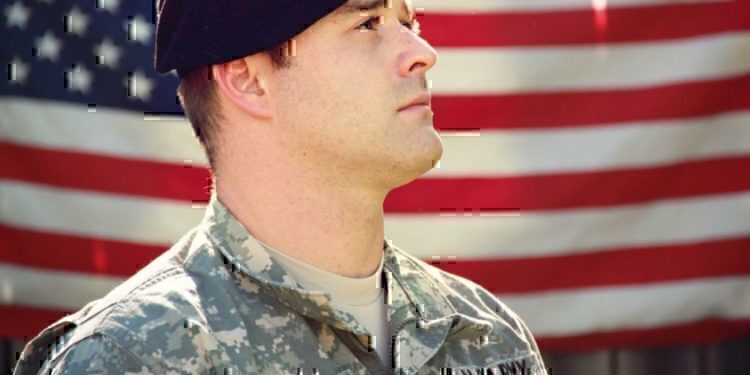From Armytimes.com
If all goes according to plan, in the next few years, soldiers with pre-enlistment college credit or using Army tuition assistance funds to pursue degrees will be able to count their time in professional military education courses as credit hours toward higher education.
The first step comes in June, with the U.S. Army Sergeants Major Academy. Now, noncommissioned officers on their way to pinning on E-9 can count their coursework toward a bachelor of arts degree just by attending the leadership school.
“It was aligned to, basically, the type of management skills we are asking noncommissioned officers to perform now, and that’s leading soldiers and managing their units,” Charles Guyette, the director of policy and governance for the NCO Leadership Center of Excellence, told Army Times in May.
The move is part of a broader effort within Army education to find ways to recognize Army training as legitimate experience, applicable outside of the service. It’s an effort that brings enlisted education up to par with officer education, as some of those courses have been accredited since the 1970s.
It’s the “first time any NCO course will be accredited to a degree program,” Guyette said.
The degree officially comes from the Command and General Staff College at Fort Leavenworth, Kansas, which gets its credentials from the Higher Learning Commission.
The 10-month sergeants major course curriculum comes out to 47 credit hours of a standard, 120-hour bachelor’s degree, as a major in leadership and workforce development.
The USASMA classes only count toward the major’s core, though, so soldiers will still need to complete general education and elective courses on their own, likely using with tuition assistance dollars they already have access to.
The most recent class graduates on June 21, and out of 214 enrolled in the degree program, 87 of them will also receive a bachelor’s degree at their commencement ceremony, James Martin, dean of academics at the Command and General Staff College, told Army Times on June 6.
And he’s expecting a handful of others to finish their outside coursework and come back to Fort Bliss, Texas, to receive their degrees from USASMA, he said.
Leaders are already getting positive feedback about the program, Martin added, including from veterans, like the president of Kansas’ Emporia State University veterans group, where he recently attended a graduation.
“He said, “You know, I wish you’d been doing that when I went through … because I might have stayed in,’ ” Martin recalled.
Much like the Army’s recent credentialing efforts, officials have stressed that providing more degrees and certificates actually entices soldiers to stay in, because they feel the Army is valuing them and investing in their futures, whenever they do choose to get out.
“We see this as a recruiting issue, a retention issue and a readiness issue,” he added.
It’s also a money saver.
“This program frees up tuition assistance dollars to be used somewhere else,” Martin said ― the equivalent of $12,000 worth of civilian college education.
Read more details at Armytimes.com




